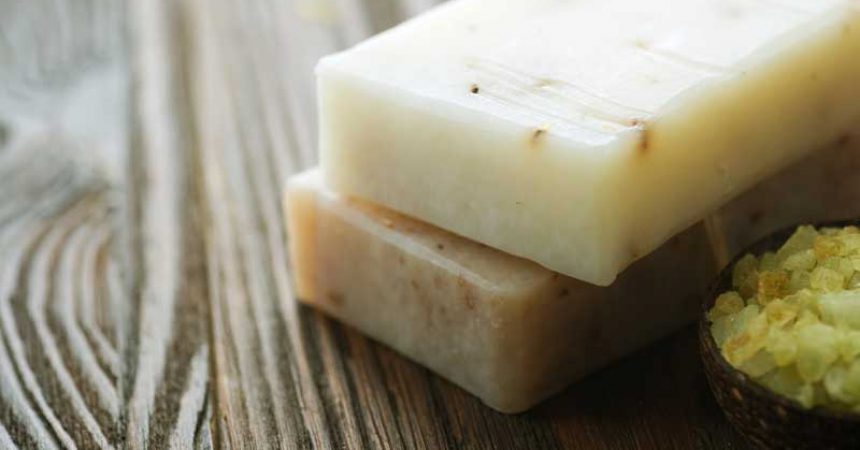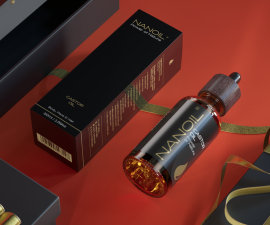Do you know that soap is very easy to make? We are happy to pay a huge amount of money in the ‘Lush’ soaps just because they small amazing and that they come in juicy, vibrant colours. You probably do not realize that soap bought in a shop contains many harmful ingredients such as parabens and foaming agents (SLS-Sodium Lauryl Sulphate). If you wish you can do the soap yourself and will know for sure that it is 100% organic and safe for your skin. By moderating the ingredients, you can change the smell, the texture and the properties of this basic skin care product. Keep reading to learn how to create your own, personalized and organic soap.
What do you need?
If you would like to create amazing soap, you will have to sacrifice your kitchen for one evening and transform it into a laboratory. The tools that you will need are as follow:
- two cooking pots,
- glass containers,
- big, metallic tablespoon,
- scale,
- thick, latex gloves and protective glasses
- and the silicone mould.
In order to make 1 kg of soap you will need:
- 500g of Beeswax,
- 300g of coconut/olive/soy oil,
- 200g sweet almond oil,
- 175g of lye (you can buy it in any chemical store, be careful with it),
- 375g of filtered, cold water,
- 7-10 ml of essential oils of your choice,
- herbs, to make the texture more interesting.
How to Get Started?
The base of the soap is going to be Beeswax. You can experiment with the amount, as it is responsible mainly for the soap consistency. The more Beeswax you add, the firmer the soap is going to be. Beeswax also make the smell of the soap deeper and more intense. Additionally, it does not dry out the skin and it is soft to touch. In soap making process, Beeswax is a base and the properties of the soap will depend mainly on the additional ingredients.
Melt the Beeswax in one of the cooking pots. Use other pot for water and lye. Unfortunately, almost all soaps contain lye. It is an extremely dangerous substance that dissolves anything of organic origin. Soap producers use it as a catalyst in the whole process- the oils can be blended more effectively. Therefore, you need to realize that if you would like to use these ingredients you will have to take all precautions needed. The lye has to be dissolved only in plastic or glass container and you have to wear latex gloves and the face-mask to protect yourself from any potential fumes.
First, you pour the water into the container and only then a tiny bit of lye. If you do not feel comfortable with using lye, you can simple skip this stage. Warm up the Beeswax to the point when it melts. Do not set the temperature to high as it may turn Beeswax and oils into their Trans version. Then mix it with any oil of your choice. The most popular oils used in organic soaps are olive oil, coconut oil or a cheap soy oil. You can use your hand blender to mix it thoroughly. At the very end, you can add the essential oils that you like. You can create watermelon soap or you can take a more conservative path and add a lavender oil. To make the fragrance more intense, you can mix two or three different essential oils. Most of the soaps have the citric note, which we associate with freshness.When the formula is done, you can pour it out to mould. It is up to you what kind of soap shape you go for. You can use mini half sphere silicone shape to create a small round soap. The next step is very easy and it does require very little of your attention. The soap formula has to be left in the dry place for a couple of days to harden up. It is probably the simplest soap recipe, which can be done at home.
You still are not convinced to give up commercial soap, you should know that they contain twice as many ingredients than the natural ones. In fact, most of the soaps we use every day cannot be called soap. If you check the label you will see that they are called Syndets (the short form of Synthetic Detergent). In order the soap to be called ‘the soap’ it has to contain glycerin. The big companies have extracted this ingredients and put it in lotions and creams that sell better than ‘soaps’. Next time you would like to wash your face with a good cleanser, make sure it has the name ‘soap’ on the package.




Leave a Reply